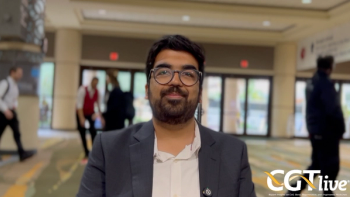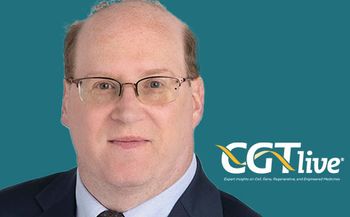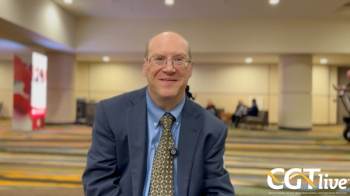
Advancements in Gene Therapy for Retinal Diseases
Veeral S. Sheth, MD, MBA, Director of Clinical Research at the University of Retina and Macula Associates, discusses advanced therapies for retinal diseases.
This video originally appeared on our sister site,
Much research has been presented at the Association for Research in Vision and Ophthalmology (ARVO) 2022 Meeting that demonstrates the significant advancements being made in the treatment of retinal diseases, namely with gene and cell therapy approaches.
In an interview, Veeral S. Sheth, MD, MBA, Director of Clinical Research at the University of Retina and Macula Associates, discussed the state of landmark research into complement factor inhibitors for geographic atrophy (GA) and gene therapies for a litany of ophthalmic conditions.
“I think there’s exciting things in the pipeline if you look at some of these gene therapies for GA—and I think a lot of these are related to complement factor inhibition, but there’s a lot of other avenues as well.”
Regarding gene therapies, Sheth discussed later-stage advances from REGENXBIO with agents that could potentially reverse the effect of wet AMD in key patients, as well as Gyroscope Therapeutics—recently acquired by Novartis—in GA reversal.
“I think for us, anything that’s a little further along is exciting,” Sheth explained.
“Because I think gene therapy is still in that period of strong development—every quarter, we’re getting a new milestone from one of these companies. You’re seeing a really good uptick in their studies, and hopefully that all pans out. Because in the GA study, for example, it’s an unmet need—but also an opportunity to reduce treatment burden right off the bat.”
Sheth also discussed come of the parameters that would go into implementing novel gene therapies into ophthalmic care, such as the level of regulation that would go into conducting procedures—or what to expect in follow-up care with long-term patients.
“From the front end: are surgeons going to be able to do these procedures from their surgical centers?,” Sheth suggested. “And on the back end: what happens year 3, year 4, year 5? I think we’re still so early in the process we don’t know exactly yet. We’re starting to get data that gives us a better idea, but that’s always going to be something (clinicians) think about.”
Newsletter
Stay at the forefront of cutting-edge science with CGT—your direct line to expert insights, breakthrough data, and real-time coverage of the latest advancements in cell and gene therapy.
















































